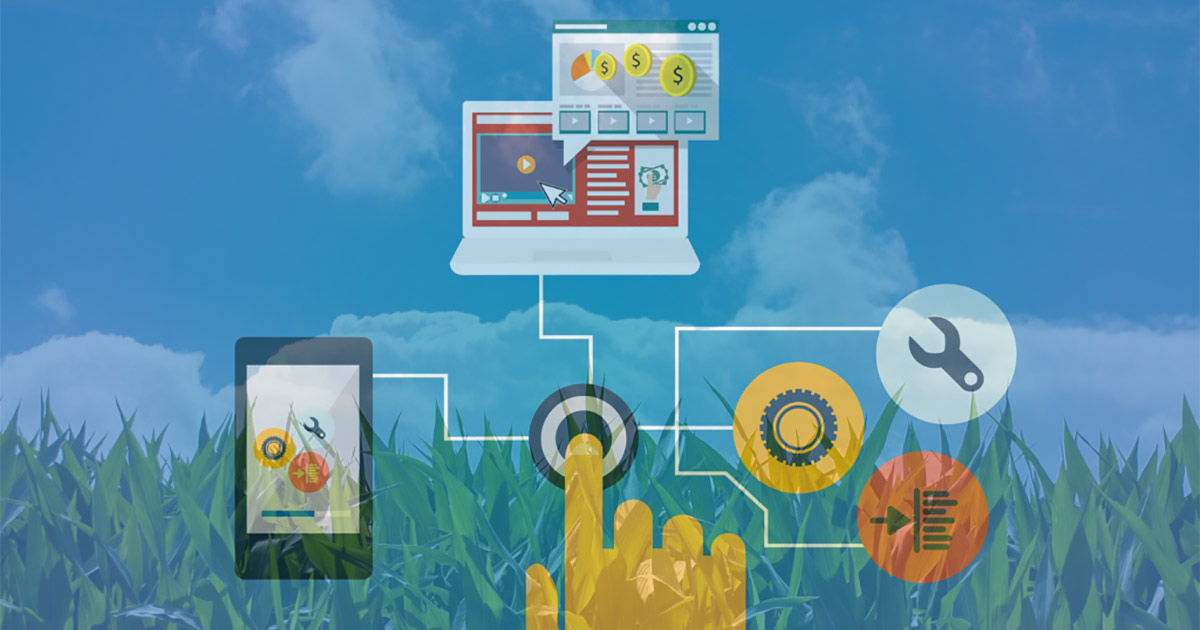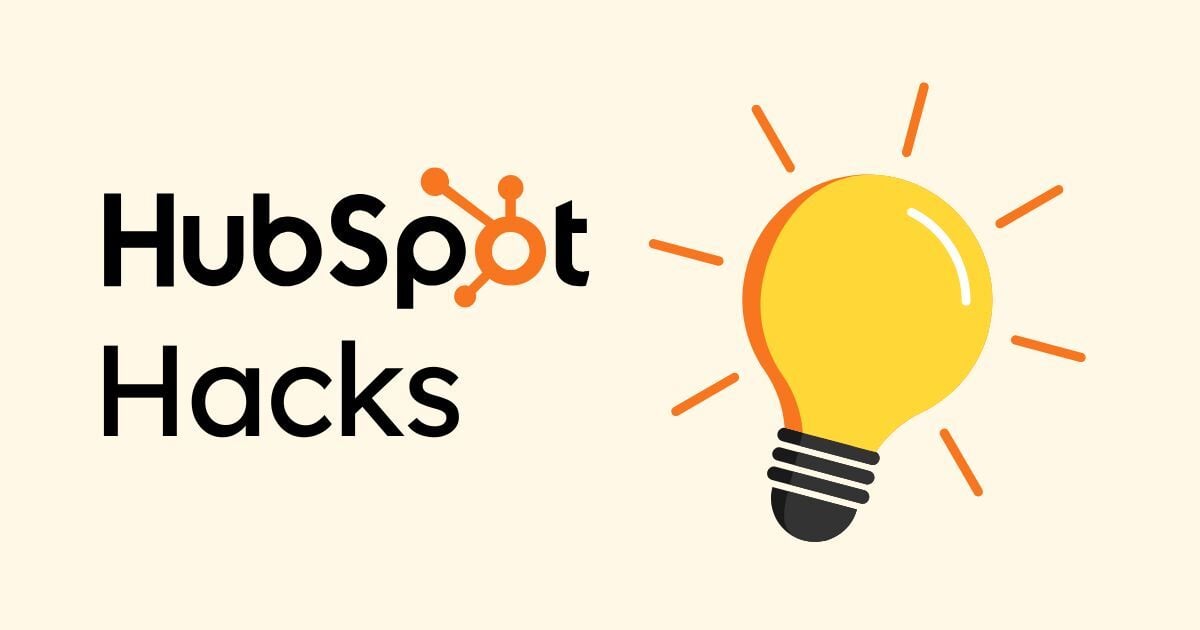
Why a Newsletter Should Be Part of Your Inbound Marketing Strategy

With all of today’s marketing technology and myriad ways of reaching your audience, you might think that the humble newsletter is a thing of the past.
Think again!
These days, anything that helps you nab your audience’s undivided attention is a huge benefit. Social media is not always great with advertising. People are desensitized to the pitch, so if you’re too busy selling, you’re likely not gaining any significant penetration.
Email, on the other hand, is a different animal altogether. According to Statista, email usage continues to grow steadily, year on year. Currently, the number of email users in the world today is just over four billion. Between now and 2024, that number is expected to grow by almost 400 million. That’s about half of the global population. Knowing this, do you really think it’s a good idea to exclude email from your inbound marketing strategy?
(Enjoy this throwback) How Email Marketing Will Help You Win the Game of Thrones
Looking beyond general numbers for email, let’s consider B2B. Based on an Emarsys survey on “Adapting to the Pace of Omnichannel Commerce,” eight out of ten SMBs state that email is their most important method of customer acquisition and retention, and the one with the best ROI.
According to the businesses surveyed, email marketing helps them achieve a 72 percent conversion rate, a 65 percent higher order value, and a 58 percent increase in repeat purchases. Depending on the size of your mailing list, the cost can be next to nothing, too. Certainly, when you compare costs against social media advertising, PPC, and SEM, it’s a drop in the bucket – and with a much better conversion rate.
Why Write a Newsletter?
If you’ve never considered it, writing a newsletter is one of the best ways to engage an audience that’s already interested in what you have to offer. They’ve opted in, so you know they’re keen on your brand. Many of them may have even purchased from you before, so you’ve got far less of an uphill battle getting their attention, and they’re far more likely to click through, make a purchase, book an appointment, or take whatever requested action you suggest.
Email newsletters attract, engage, and delight – all critical aspects of a successful inbound strategy.
But where do you start? And what kind of content should you include?
Elements of a Great Email Newsletter
Your newsletter should have a few key attributes:
- It should have a compelling subject line. Sixty-four percent of your subscribers will open the email because it’s from you. Forty-seven percent of those people will open it based solely on the subject line. Make it count.
- It should be engaging. You can include more than one topic but keep the descriptions brief. A short paragraph for each subject is plenty. Otherwise, you’ll lose people. Include a prominent headline for each item, followed by a brief summary paragraph and a CTA.
- It should be personalized. Personalized, targeted emails are more likely to be opened as they appear more relevant to the recipient. Emails with personalization in the subject line have a slightly higher open rate.
- It should highlight your brand. Your branding should figure prominently, including logos, colors, and so on.
- It should be pertinent to your customers’ interests. Your newsletter is a way to let your audience know that you understand their pain points, wants, and needs.
- It should include a high-quality image. Newsletters with high-quality images are more likely to be opened and clicked through than those with text only.
- Make sure your text is strong and well-written. Concise messages are appreciated. Nobody will read a lengthy newsletter in an email, but they might click through to access extended content. Keep it short, sweet, and enticing to encourage taking the next step.
- It should have a strong CTA. Include a strong call-to-action, to either click through to the extended content, buy the product, book an appointment, or whatever you’ve got going on.
Next Step: Create Your Newsletter
Since a newsletter can be about anything, it might be a bit overwhelming at first. Some newsletter ideas might include:
- Blog Posts: Promote your most recent blog posts. This is a no-brainer.
- Tips and Mistakes: think “Top Ten Mistakes New Investors Make,” or “Easy Steps to Raise Your Credit Score.” People love getting advice from the pros, especially when it solves their problems.
- How-To Guides: Step-by-step guides, checklists, and so on.
- Special Offers: Have a special offer on the go? Give your email list first crack!
- Product Reviews: Make their lives easier by letting them know what tools are right (and wrong) for them.
- Seasonal Reminders: Keep your audience engaged with timely reminders for tax prep, estate planning, and so on.
- New Product Announcements: Get your audience excited about a new product or service before you launch it publicly.
- Media Announcements: Has your company or an employee been covered in the press lately? Share the glory!
- Referral Programs: Create a referral program in which you offer your subscribers a premium service or a credit for every person they refer.
Keep in mind that your content doesn’t always have to be focused on a sale. Anything that brings value (and a smile) is a good thing. Along with your main content, you might want to include an employee profile, a customer success story, a case study, or something completely irreverent. You know your audience best; what do you think they would like to see?
Strut Your Expertise
They’re your audience for a reason. On some level, they trust you, your people, your products, and your services, so don’t be afraid to talk about it. Pick a complex topic and simplify it for them. Or, bring in a guest expert or “celebrity” in your niche to share their unique slant on things.
Interactive Content
There are few better ways to engage a group of people than asking for input through surveys and polls. Solicit opinions on aspects of your service, or take it a step further and find out what concerns them most.
A survey allows your audience to be part of the solution, and it also tells you a lot about what’s on their minds. Knowing these details could help you shape how you deliver services in the future, and help you narrow down what’s most important to focus on.
It’s All About Authenticity
Newsletters are also perfect for showing your authenticity. What does your audience know about you and your mission? Sharing a personal, relatable story is a great way to connect emotionally with your audience.
It could be a transformative story about how a connection with a client turned things around for them, or how one of your customers overcame adversity with your guidance and support.
Authenticity in Brand Storytelling: Lessons from 2019
Or, it could be a behind-the-scenes glimpse into company life. Do you engage in team-building exercises? Wouldn’t it be fun for your customers to see your people doing crazy things together and having a great time doing it?
Whatever you share, go deep into the DNA of your culture, and don’t be afraid to peel away some of the onion. The more “real” you are, the warmer and more meaningful the connection is.
Final Thoughts
A newsletter is an excellent way to engage an audience. Whether they are prospective new customers or valued existing clientele, your email newsletter is the perfect way to offer value at an attractive ROI.
Oh, and by the way…be sure to sign up for the Gate 39 Media Newsletter!
Discover how Gate 39 Media supports agribusinesses clients through inbound marketing and custom agricultural technology solutions.
Contact Gate 39 Media or set up a call with me to learn more.
You may also be interested in:
- Webinar Highlights from Harvesting Digital Marketing Potential
- Pillar Pages: More Than Just a Buzzword
Editor’s Picks
If you've been living inside HubSpot like we have, you know the true magic is in the small, hidden tricks—those little shortcuts that save hours and...


Connect with us to discover how we can help your business grow.
.jpg)
